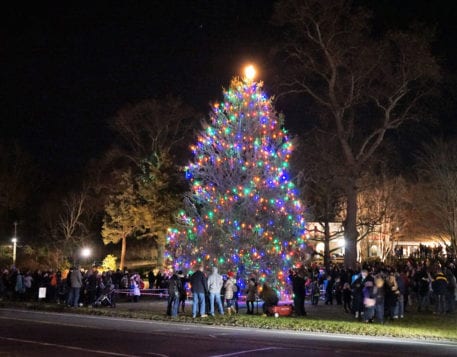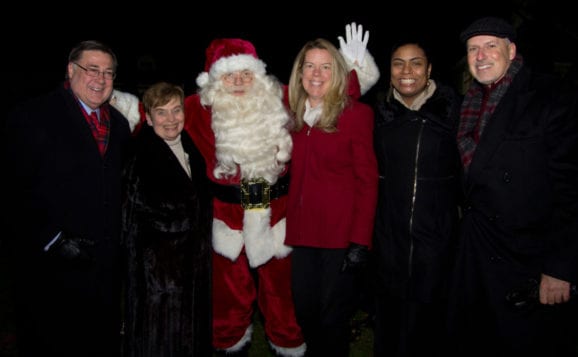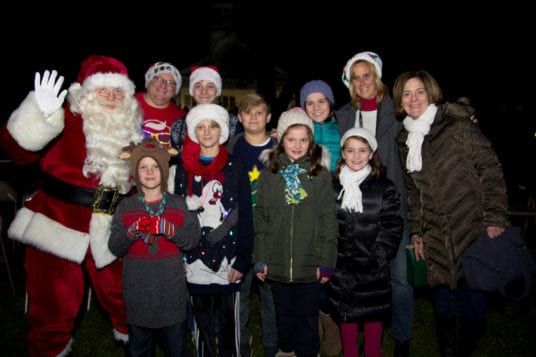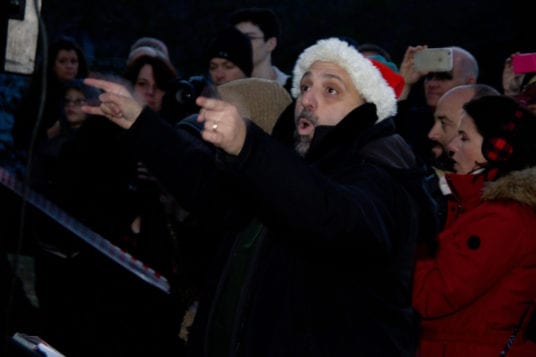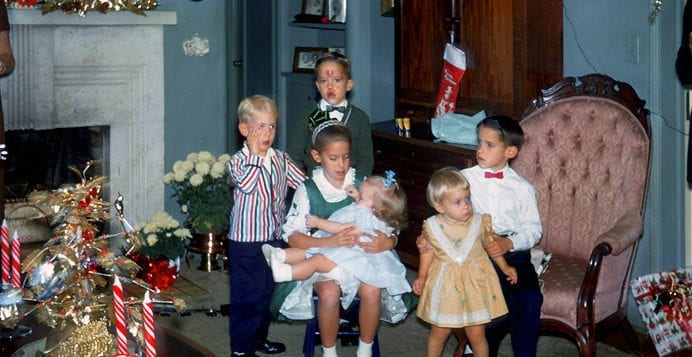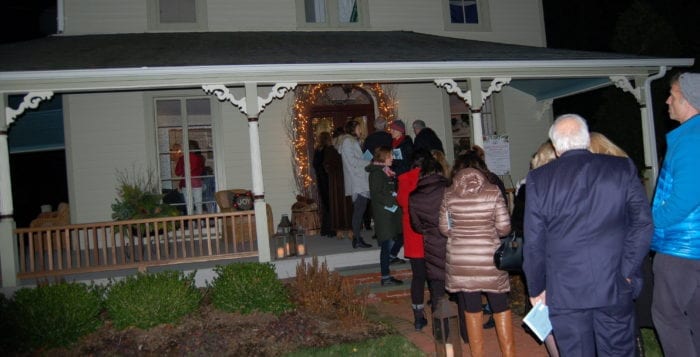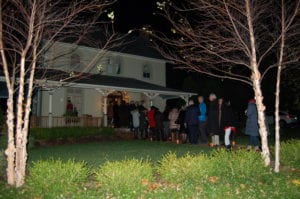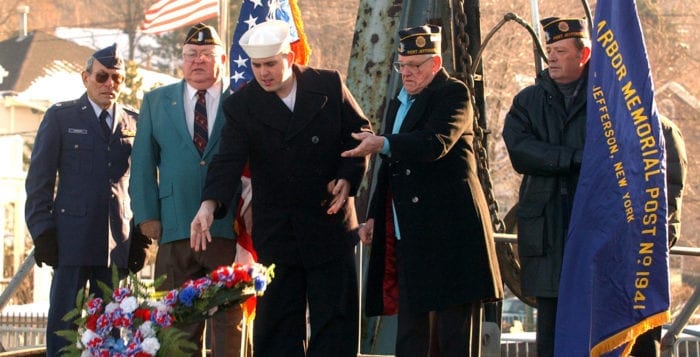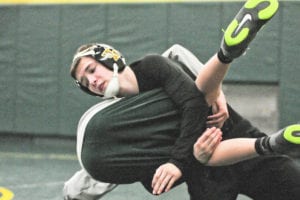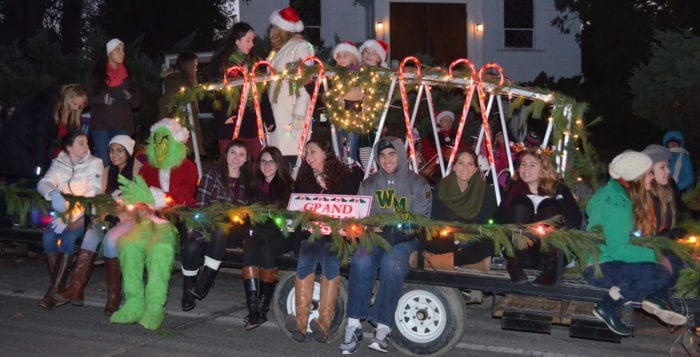With Suffolk County’s dire financial straights for the present and the future, some legislators are proposing ideas to trim the fat and save costs, while others think the real problems are not being addressed.
County Legislator William Lindsay III (D-Bohemia) has drafted two bills, one that would freeze salaries for all legislators for five years and another to consolidate the Legislature from 18 members to 13.
County legislators receive an annual raise equal to 4 percent or the increase in the Consumer Price Index, whichever is lower. This year the raise is expected to be 0.58 percent, according to Lindsay’s office.
Lindsay has advocated to get rid of the automatic increases for some time, and recently drafted legislation for a five-year freeze — a motion that didn’t receive a seconder in the Government Operations, Personnel, Information Technology & Housing Committee. Fellow members Kara Hahn (D-Setauket), Leslie Kennedy (R-Nesconset), Kevin McCaffrey (R-Lindenhurst) and Robert Calarco (D-Patchogue) declined to second Lindsay’s motion. Hahn and Kennedy did not respond to requests for comment.
“This sends a message we’re serious about tackling the issue,” Lindsay said. “Everyone should feel the pain a little. We should lead by example. This gives us more credibility.” Lindsay froze his salary when he first took office in 2013, and other legislators have done the same.
Lindsay said he was surprised the proposal didn’t get more consideration from his colleagues.
“We need to show we can be an example, that we’re cutting back during fiscally challenging times.”
—Sarah Anker
“With the financial issues we’re facing, we need to look at alternatives to cut spending,” he said.
Lindsay’s second proposal to drop from 18 to 13 representatives was created in the same spirit. The first public hearing on the bill was due to be held Dec. 6. If the bill is approved by the Legislature it will be up to a voter referendum.
“Why shouldn’t we allow voters to decide how they should be governed?” Lindsay said.
The 8th District representative said he thinks cutting legislators would help reduce costs without sacrificing the quality of representation for each district.
His proposal would see each representative go from roughly 80,000 constituents to 110,000.
According to a 2015 government census report, Suffolk’s population is approximately 1.5 million. By comparison two Californian counties, Sacramento and Alameda, each have five representatives for their 1.4 million and 1.6 million residents respectively. Both of these counties function with a board of supervisors, instead of legislators.
According to Lindsay’s office, Suffolk almost doubles the national average of representation while each legislator represents only one-fifth of the average constituency nationwide.
Lindsay’s proposal states that at present each county legislator receives a salary, is assigned three paid staff members and is entitled to a district office, among other benefits.
If this legislation passes, it would not go into effect until 2021, after the county district lines are set to be redrawn.
Lindsay’s suggestions all take aim at relieving some of Suffolk’s budgetary issues. Legislators, a credit rating agency and the director of the Budget Review Office for the Legislature have said the county’s financial situation is dire.
Robert Lipp, director of the Budget Review Office, expressed concerns in his assessment of the county budget.
“How are we able to provide services at needed levels when facing a structural deficit that is far in excess of $100 million in each of the past several years? It is a conundrum,” Lipp said in a letter accompanying his review of the budget in October. “The short answer is that the county’s structural deficit is increasingly driving our decisions. As a result, some initiatives, that may be considered crucial, are funded without regard for our ability to pay, while others are funded at less than needed levels because of our deficit position.”
He said the county has set a bad precedent by borrowing money to pay for operating expenses. The credit rating entity Moody’s Investors Service has projected a negative credit rating outlook for the county due to outstanding debt and a reliance on borrowing.
Legislator Rob Trotta (R-Fort Salonga) said the budget is deeply flawed, but he does not believe either of Lindsay’s proposals would help fix the problem.
“This is pennies compared to the problems we have,” Trotta said in a phone interview. “It’s showboating.” The District 12 representative is most concerned with the county’s contract with the Suffolk County Police Department, which he said costs Suffolk $135,000 per day.
“We’re in these binding arbitrations that we have no ability to pay,” he said.
Trotta’s primary concern is contractual pension and pay increases for county police officers. The county and the Police Benevolent Association agreed on the current contract in 2011, which runs through 2018. Trotta, a former SCPD detective, estimated for every 200 cops that retire, it could cost the county more than $60 million.
“We need to generate businesses and growth, but we can’t afford to,” he said.
Trotta said a five-year salary freeze for legislators is equivalent to a grain of sand on the beach, but he would support a salary freeze of all government employees. As for a reduction in members, he said he doesn’t think that goes far enough either.
“It should be six or seven members,” he said. However, Trotta warned fewer representatives could put grassroots campaigns at a disadvantage with more ground to cover in a single district. Ultimately he called the idea a double-edged sword.
Lindsay’s proposal acknowledged this concern, stating districts would still be small enough to “allow underfunded candidates to compete effectively in legislative races and permit winning candidates to provide excellent services to their constituents.”
Legislator Sarah Anker (D-Mount Sinai) said she supports the five-year freeze. She froze her own salary in 2011.
“We need to show we can be an example, that we’re cutting back during fiscally challenging times,” she said in a phone interview.
But Anker doesn’t back a smaller Legislature. “If you have less representation, that’s not in the best benefit for the public.”

